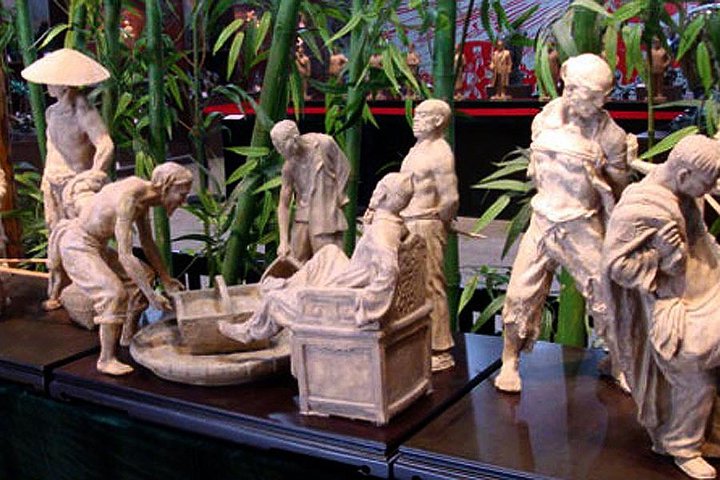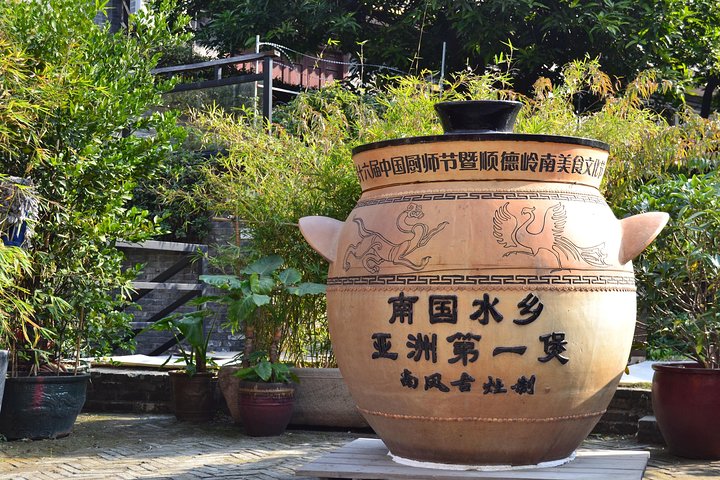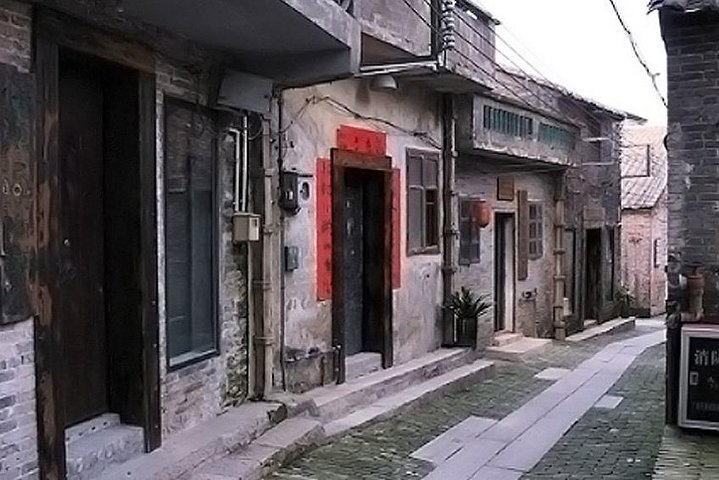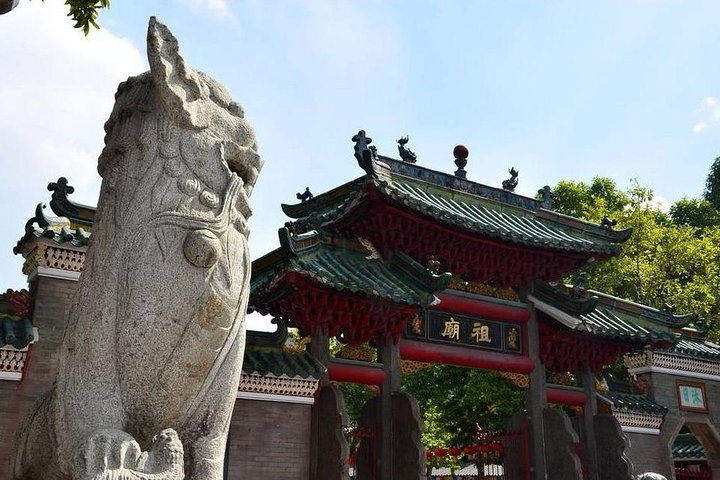Exploring Foshan: A Cultural Tapestry of Temples and Kilns
Drawn by the allure of Foshan’s rich ceramic heritage, I embarked on a cultural journey to explore its ancient temples and kilns. What I discovered was a tapestry of history and tradition that left me in awe.
A Journey Through Time: The Ancestral Temple
As I stepped into the Ancestral Temple, I felt an immediate connection to the past. The temple, originally built between 1078 and 1085, has been a cornerstone of Foshan’s cultural heritage. Rebuilt in 1372 after being destroyed at the end of the Yuan Dynasty, it stands as a testament to the resilience and dedication of the local community. The temple’s architecture, with its intricate carvings and vibrant colors, reflects the rich history of the region.
Walking through the temple, I was struck by the sense of reverence that permeated the air. The temple was not just a place of worship but also a hub for discussing official matters before the establishment of local administrative organizations in the Qing Dynasty. This unique blend of spiritual and civic significance made the Ancestral Temple a fascinating place to explore. As I wandered through its halls, I couldn’t help but think of the countless generations that had passed through these doors, each leaving their mark on this sacred space.
The Living Legacy of Nanfeng Ancient Kiln
Next, I visited the Nanfeng Ancient Kiln, a site that has been in continuous operation for over 500 years. Built between 1506 and 1521, the kiln is a rare example of a historical furnace still in use today. As I approached the kiln, I was greeted by the sight of artisans meticulously crafting ceramics, their hands moving with a practiced grace that spoke of years of experience.
The kiln’s enduring fire, which has burned for centuries, seemed to embody the spirit of Foshan’s ceramic tradition. The Nanfeng Furnace, with its mouth facing south and surrounded by cooling banyan trees, was aptly named for the cool breeze it provided in the summer. Watching the artisans at work, I was reminded of the importance of preserving traditional crafts in our rapidly modernizing world. The ceramics produced here, renowned for their quality since the Tang and Song dynasties, continue to captivate with their beauty and craftsmanship.
Embracing the Unexpected
While the Shiwan Art Ceramics Market was closed for renovations, I found that the day held unexpected delights. My guide, Kevin, was knowledgeable and well-prepared, offering insights into the history and culture of Foshan that enriched my experience. Though I had hoped to focus more on ceramics, the visit to the Ancestral Temple and Nanfeng Ancient Kiln provided a deeper understanding of the city’s heritage.
As I reflected on the day’s journey, I realized that travel is often about embracing the unexpected. While the closure of the ceramics market was disappointing, it led me to explore aspects of Foshan that I might have otherwise overlooked. The city’s rich history and vibrant culture left a lasting impression on me, and I departed with a newfound appreciation for the traditions that continue to shape this remarkable place.



































